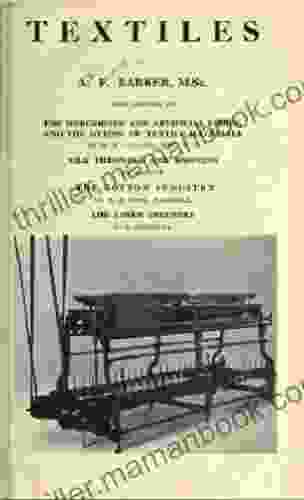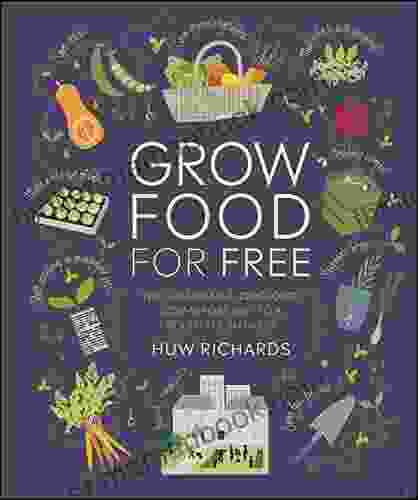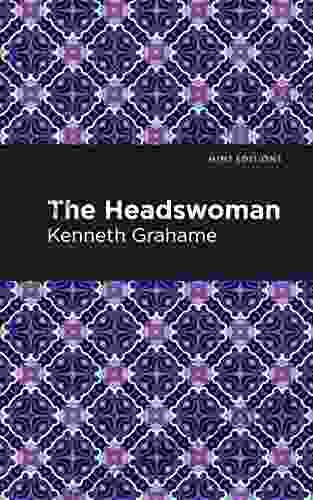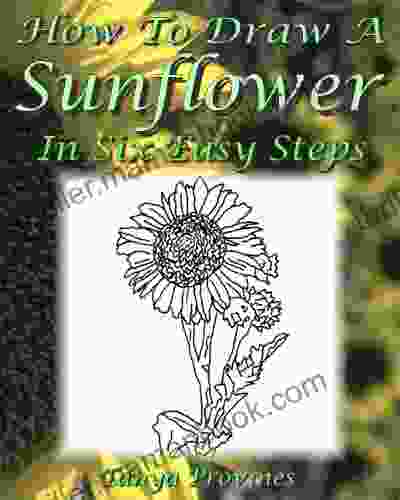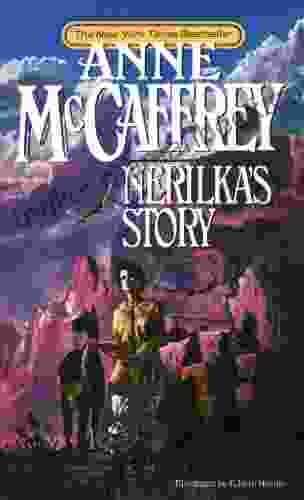Textiles: A Comprehensive Guide to Mercerized and Artificial Fibres, and Dyeing

Textiles are an essential part of our lives, from the clothes we wear to the bedding we sleep in. They provide us with comfort, protection, and style. But what exactly are textiles? And how are they made?
In this article, we will explore the world of textiles, from the history and properties of different fibres to the techniques and materials used in dyeing. We will also take a closer look at two specific types of fibres: mercerized fibres and artificial fibres.
The history of textiles dates back to ancient times, when people first began to weave plant fibres into cloth. Over the centuries, new fibres were discovered and new weaving techniques were developed.
4.6 out of 5
| Language | : | English |
| File size | : | 2837 KB |
| Text-to-Speech | : | Enabled |
| Screen Reader | : | Supported |
| Enhanced typesetting | : | Enabled |
| Word Wise | : | Enabled |
| Print length | : | 406 pages |
Some of the earliest textiles were made from wool, which was spun into yarn and then woven into cloth. Wool is a strong and durable fibre, and it provides excellent insulation against the cold.
Other early textiles were made from linen, which is a plant fibre that is made from the stalks of flax plants. Linen is a strong and wrinkle-resistant fibre, and it is often used in clothing and bedding.
In the 19th century, new technologies were developed that allowed for the production of artificial fibres. Artificial fibres are made from synthetic materials, such as petroleum or cellulose. Artificial fibres are often cheaper and easier to produce than natural fibres, and they can be made in a wide variety of colours and textures.
Fibres are the basic building blocks of textiles. They are long, thin strands of material that can be spun into yarn and then woven or knitted into cloth.
There are two main types of fibres: natural fibres and artificial fibres. Natural fibres are made from plant or animal materials, such as wool, cotton, or silk. Artificial fibres are made from synthetic materials, such as petroleum or cellulose.
Each type of fibre has its own unique properties. Natural fibres are generally softer and more breathable than artificial fibres. Artificial fibres are often stronger and more durable than natural fibres.
The following table compares the properties of some of the most common fibres:
| Fibre | Type | Properties | |---|---|---| | Wool | Natural | Soft, warm, durable | | Cotton | Natural | Soft, breathable, comfortable | | Silk | Natural | Luxurious, smooth, strong | | Nylon | Artificial | Strong, durable, elastic | | Polyester | Artificial | Strong, wrinkle-resistant, moisture-wicking |
Mercerizing is a process that is used to improve the strength, lustre, and dye retention of cotton fibres. Mercerizing involves treating the cotton fibres with a concentrated solution of sodium hydroxide. This causes the fibres to swell and become more crystalline.
Mercerized cotton is stronger and more durable than untreated cotton. It also has a higher lustre and is more resistant to fading. Mercerized cotton is often used in high-quality clothing and bedding.
Artificial fibres are made from synthetic materials, such as petroleum or cellulose. Artificial fibres are often cheaper and easier to produce than natural fibres, and they can be made in a wide variety of colours and textures.
Some of the most common types of artificial fibres include:
- Nylon is a strong and durable fibre that is often used in clothing, carpets, and ropes.
- Polyester is a wrinkle-resistant and moisture-wicking fibre that is often used in clothing, bedding, and sportswear.
- Acrylic is a soft and warm fibre that is often used in sweaters, blankets, and carpets.
Artificial fibres have a number of advantages over natural fibres. They are often stronger, more durable, and more wrinkle-resistant. Artificial fibres are also less likely to fade or shrink.
However, artificial fibres also have some disadvantages. They can be less breathable than natural fibres, and they can sometimes be itchy or uncomfortable to wear.
Dyeing is the process of adding colour to textiles. Dyes can be made from natural materials, such as plants or insects, or from synthetic materials.
There are two main types of dyeing:
- Direct dyeing involves adding the dye directly to the fibres. Direct dyeing is the most common type of dyeing.
- Indirect dyeing involves adding the dye to a solution that is then applied to the fibres. Indirect dyeing is used to achieve more complex colours and patterns.
The dyeing process can be varied to achieve different results. The type of dye, the temperature of the dye bath, and the length of time that the fibres are immersed in the dye bath all affect the final colour of the textiles.
Textiles are a complex and fascinating subject. In this article, we have explored the history, properties, and dyeing of textiles. We have also taken a closer look at two specific types of fibres: mercerized fibres and artificial fibres.
We hope that this article has given you a better understanding of the world of textiles. Next time you put on a piece of clothing or bedding, take a moment to think about the long and fascinating history of textiles.
4.6 out of 5
| Language | : | English |
| File size | : | 2837 KB |
| Text-to-Speech | : | Enabled |
| Screen Reader | : | Supported |
| Enhanced typesetting | : | Enabled |
| Word Wise | : | Enabled |
| Print length | : | 406 pages |
Do you want to contribute by writing guest posts on this blog?
Please contact us and send us a resume of previous articles that you have written.
 Top Book
Top Book Novel
Novel Fiction
Fiction Nonfiction
Nonfiction Literature
Literature Paperback
Paperback Hardcover
Hardcover E-book
E-book Audiobook
Audiobook Bestseller
Bestseller Classic
Classic Mystery
Mystery Thriller
Thriller Romance
Romance Fantasy
Fantasy Science Fiction
Science Fiction Biography
Biography Memoir
Memoir Autobiography
Autobiography Poetry
Poetry Drama
Drama Historical Fiction
Historical Fiction Self-help
Self-help Young Adult
Young Adult Childrens Books
Childrens Books Graphic Novel
Graphic Novel Anthology
Anthology Series
Series Encyclopedia
Encyclopedia Reference
Reference Guidebook
Guidebook Textbook
Textbook Workbook
Workbook Journal
Journal Diary
Diary Manuscript
Manuscript Folio
Folio Pulp Fiction
Pulp Fiction Short Stories
Short Stories Fairy Tales
Fairy Tales Fables
Fables Mythology
Mythology Philosophy
Philosophy Religion
Religion Spirituality
Spirituality Essays
Essays Critique
Critique Commentary
Commentary Glossary
Glossary Bibliography
Bibliography Index
Index Table of Contents
Table of Contents Preface
Preface Introduction
Introduction Foreword
Foreword Afterword
Afterword Appendices
Appendices Annotations
Annotations Footnotes
Footnotes Epilogue
Epilogue Prologue
Prologue Elvira Souza Lima
Elvira Souza Lima Natalie Homer
Natalie Homer Sarah L Schuette
Sarah L Schuette Without Warrant
Without Warrant Ezra Klein
Ezra Klein Harley Ford Hodges
Harley Ford Hodges Richard A Swingle
Richard A Swingle Vera Pavlova
Vera Pavlova Erika Latanya
Erika Latanya Stuart G Yates
Stuart G Yates Chuck Hemann
Chuck Hemann Neetha Naidu
Neetha Naidu E H De La Espriella
E H De La Espriella Cadfolks
Cadfolks Michael Cimicata
Michael Cimicata Francis D K Ching
Francis D K Ching Jack Kirby
Jack Kirby Patrick Wang
Patrick Wang Santiago Casas
Santiago Casas Geoff Strong
Geoff Strong
Light bulbAdvertise smarter! Our strategic ad space ensures maximum exposure. Reserve your spot today!
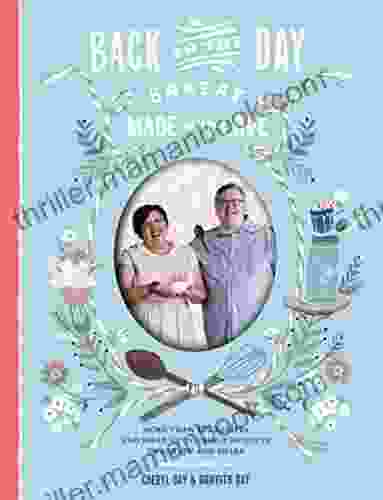
 Dakota PowellBack in the Day Bakery: A Timeless Tribute to Traditional Baking, Made with...
Dakota PowellBack in the Day Bakery: A Timeless Tribute to Traditional Baking, Made with... Willie BlairFollow ·7.7k
Willie BlairFollow ·7.7k Gabriel MistralFollow ·3.7k
Gabriel MistralFollow ·3.7k Keith CoxFollow ·11.5k
Keith CoxFollow ·11.5k Fernando BellFollow ·19.7k
Fernando BellFollow ·19.7k Anthony BurgessFollow ·5.4k
Anthony BurgessFollow ·5.4k Michael CrichtonFollow ·4k
Michael CrichtonFollow ·4k Kazuo IshiguroFollow ·11.5k
Kazuo IshiguroFollow ·11.5k Owen SimmonsFollow ·19.7k
Owen SimmonsFollow ·19.7k
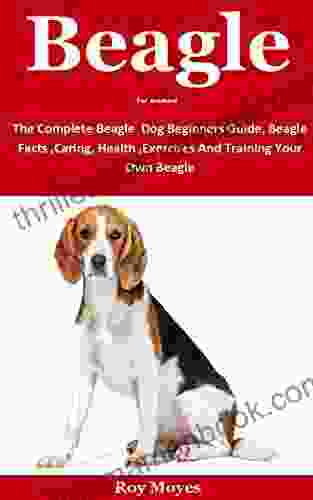
 Caleb Carter
Caleb CarterThe Complete Beagle Dog Beginners Guide: Beagle Facts,...
Beagles are...
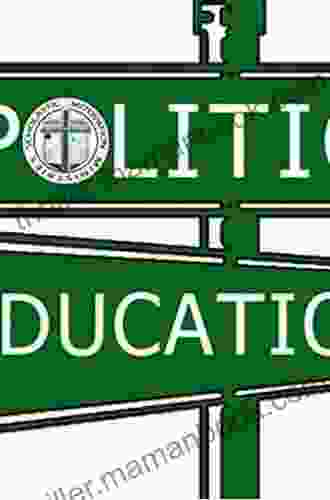
 Gage Hayes
Gage HayesThe Origins and Evolution of No Child Left Behind:...
The No Child Left Behind...
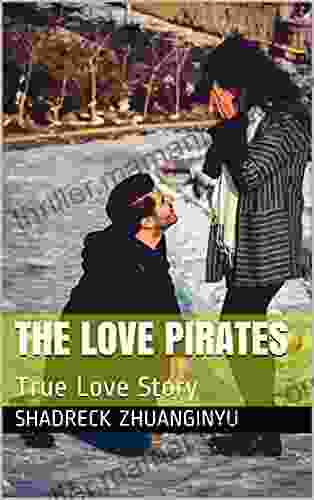
 George Martin
George MartinThe Love Pirates: A Swashbuckling Tale of Love,...
The Love Pirates is a thrilling...
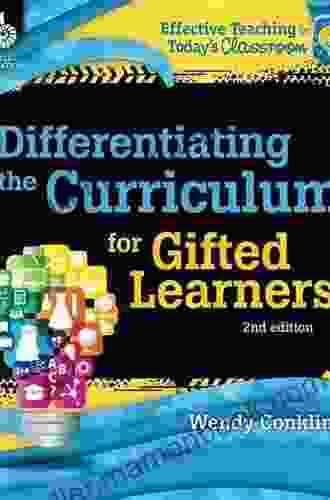
 Nathaniel Hawthorne
Nathaniel HawthorneDifferentiating the Curriculum for Gifted Learners:...
Gifted learners are...
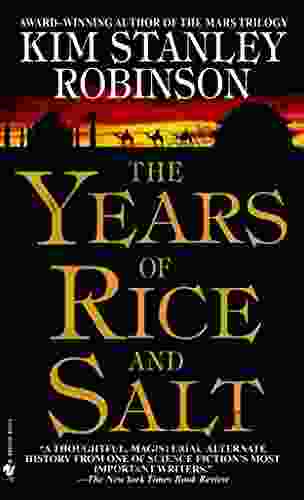
 Carlos Fuentes
Carlos FuentesThe Years of Rice and Salt: A Journey Through a Forgotten...
The Years of Rice and Salt is...
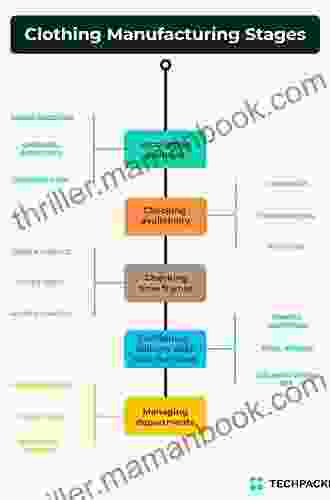
 Herbert Cox
Herbert CoxThe Intricate Design of Clothing Manufacturing Processes:...
The clothing industry is a vast and...
4.6 out of 5
| Language | : | English |
| File size | : | 2837 KB |
| Text-to-Speech | : | Enabled |
| Screen Reader | : | Supported |
| Enhanced typesetting | : | Enabled |
| Word Wise | : | Enabled |
| Print length | : | 406 pages |


